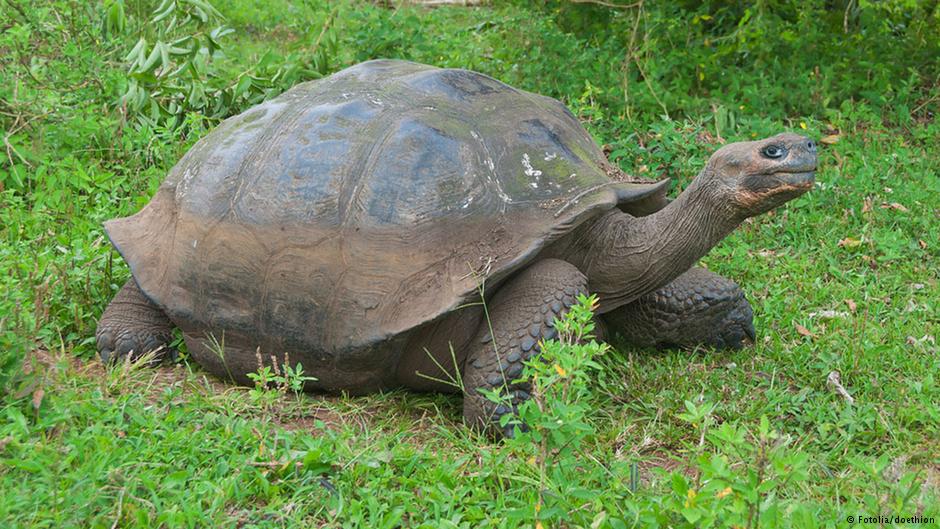Giant tortoises are endangered but successful conservation programs on the Galápagos Islands are helping numbers recover.
The Galápagos Islands are known for their spectacular wildlife. Often called a “living museum and showcase of evolution”, the archipelago is home to an abundance of flora and fauna. But invasive species, unsustainable tourism and years of exploitation, mean some – such as the giant tortoise – need a helping hand.
Galápagos giant tortoises are perhaps the most famous of the archipelago’s animals. Hunted for their meat and oil, tortoise numbers declined from around 250,000 in the 16th century to just 3,000 in the 1970s. Today numbers have recovered to about 15,000 thanks largely to conservation programs.
Over the past 50 years, more than 5,000 giant tortoises have hatched in the archipelago as a result of a breeding program on the second biggest Galápagos Island, Santa Cruz, according to Ecuador’s environment ministry.
During tortoise breeding season, biologists collect eggs – which the animals lay in holes of up to 40 centimeters deep – and place them in incubators away from the hungry mouths of dogs, pigs and other invasive species. The incubation temperature determines the animal’s sex – 29.5 degrees Celsius for females and 28 degrees Celsius for males – according to studies.
The trundling animals lead a simple life grazing on grass and leaves and sunbathing and napping for the majority of the day. They can survive up to a year without eating or drinking thanks to a slow metabolism.
The Galápagos giant tortoises caught the public imagination with the discovery of “Lonesome George” – thought to be the last of the Chelonoidis nigra abingdonii subspecies – in 1971. Breeding efforts between George and females from a related subspecies failed to produce offspring and he died of heart failure in 2012. But scientists have since discovered a group of tortoises partially descended from the same subspecies as George.
jc/dpa






